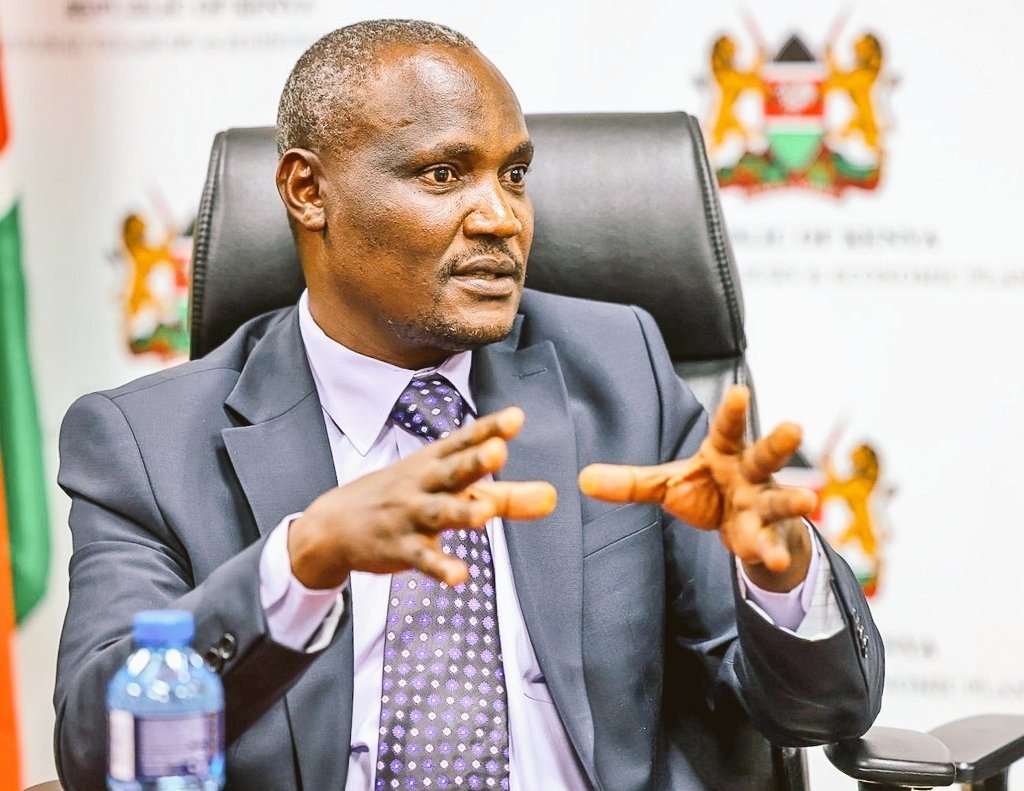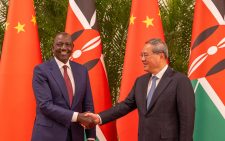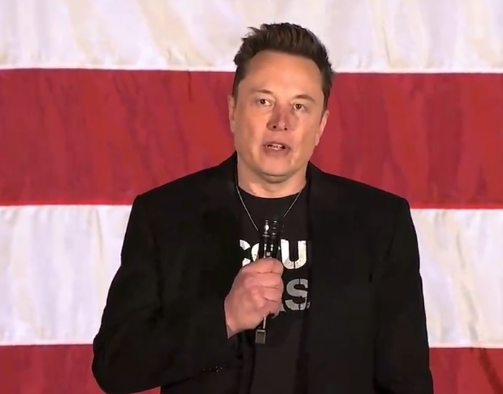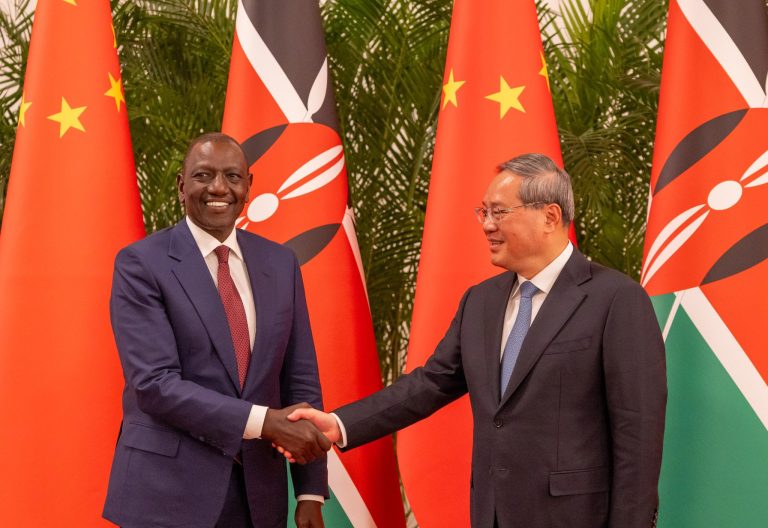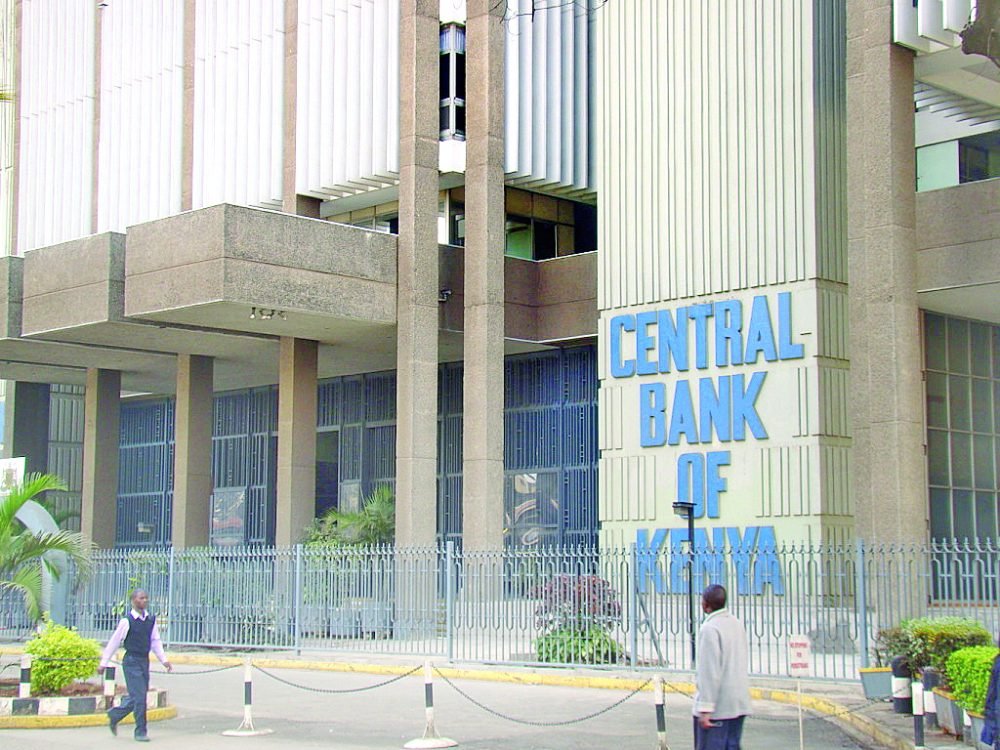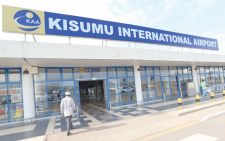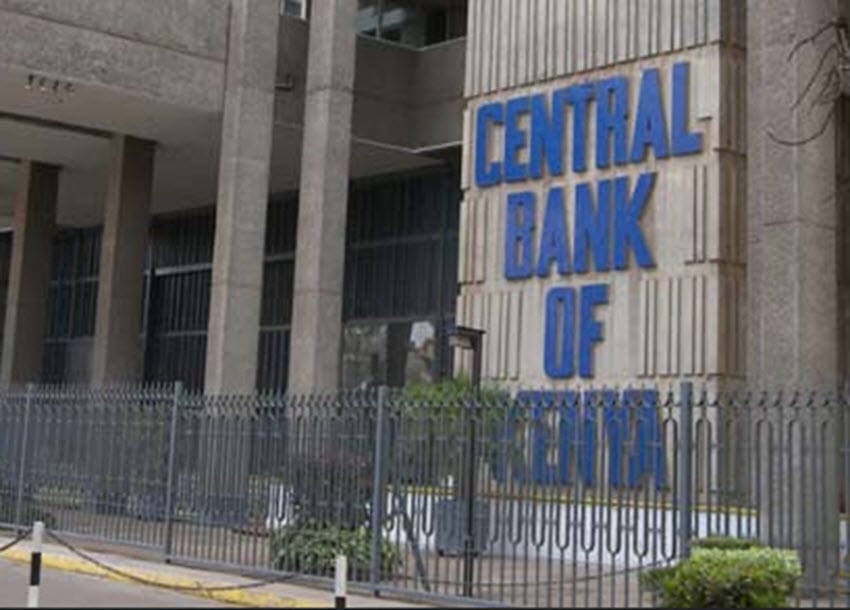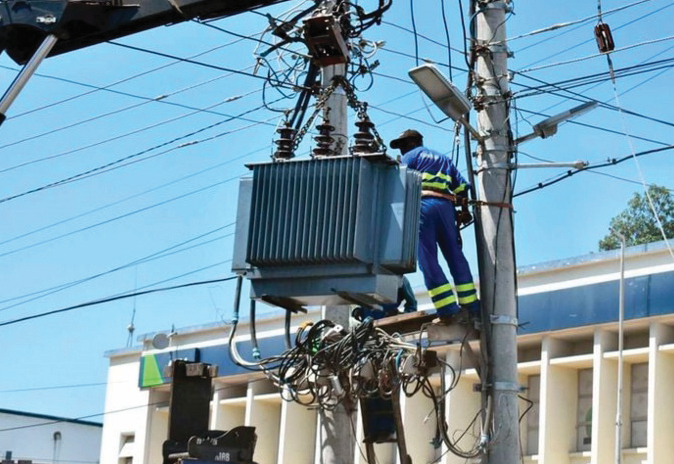Kenya spends billions on fuel subsidy as oilfields stay idle
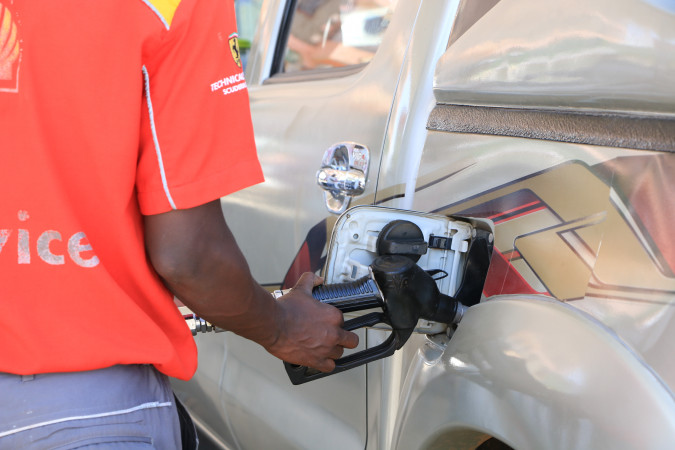
Government fuel subsidy spiked the recurrent expenditure within the department of petroleum by over 1,200 per cent for the period ending December 2021, according to the Controller of Budget (CoB).
This happened as Kenya spent billions of shillings in oil market stabilisation even reducing the budget on long-awaited geospatial researchers which are key in mapping the countrys underground wealth.
“Ministry of Petroleum and Mining recorded the highest recurrent expenditure to gross estimates at 1,218.8 per cent, which is attributed to expenditure towards oil market stabilisation by the government,” Margaret Nyakang’o said in the latest CoB report.
The report notes that the Geological Survey and Geo-information Management under the same parent ministry had the lowest budgetary allocation at S188.4 (0.06 per cent) million of the gross estimates for the sector. Exploration and distribution of oil and gas was allocated 2.99 billion, representing 0.34 per cent.
Growing frustration
The massive spending in oil stabilisation reveals Kenya’s wasted opportunities amid growing frustration over the biting cost of living caused by escalating crude oil prices that have hit $150 (Sh16,500) per barrel, the highest in eight years.
When the British oil firm Tullow was contracted to explore oil in Turkana’s Lokichar sub-basin 10 years ago, the cost of crude oil per barrel was about 50 per cent cheaper compared to now, implying that a hasty development plan would have saved the country billions it has borrowed to keep the fuel subsidy running.
Controller of Budget noted that between July 2021 and December 2021, the Ministry of Petroleum and Mining requested an additional Sh11.57 billion to help in the stabilisation of oil prices and Sh5 billion to cater for outstanding balances paid to oil importers.
Last month, Petroleum Principal Secretary Andrew Kamau told the National Assembly’s Energy Committee that the subsidy programme requires up to Sh8 billion monthly to keep it running.
Although the government does not solely offset oil exploration and eventual production cost, experts contend that the huge expenditures incurred in oil stabilisation as Tullow drags its foot in commercialising Kenya’s oil reserves, should signal urgency.
“Kenya should aim to have a way to cushion the economy and the consumers from higher oil prices. We can do this by having strategic reserves, or by moving ahead to develop our oil resources in Turkana for domestic use,” said Joe Gakuo, Upstream Oil and Gas CEO. Tullow is yet to find a partner as it gears up for commercial production. It projects a higher gross budget of about $3.4 billion (Sh374 billion), having spent over $1 billion (Sh110 billion) in exploration.
The big budget means that Kenya might have to wait even longer and earn less as the firm recoups the production and shipping costs before eventually handing it over to Kenya.
Utilising resources
As delays continue to hold Kenya back from utilising its resources, the State has been pushed to partly pull a plug on the fuel subsidy scheme amid global costly oil prices in the wake of Russia-Ukraine tension.

